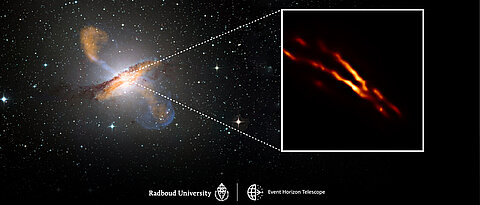Bright Lights, Bad Orientation
07/29/2021
Light pollution makes it difficult for dung beetles to find their way. This is probably also true for other nocturnal insects and birds, as researchers suspect.
more



















